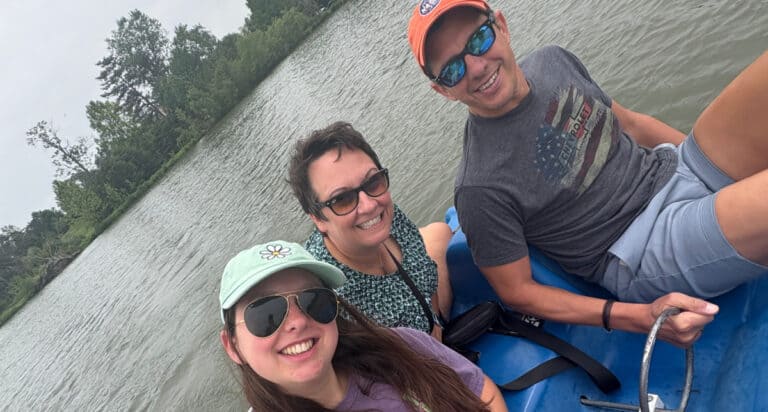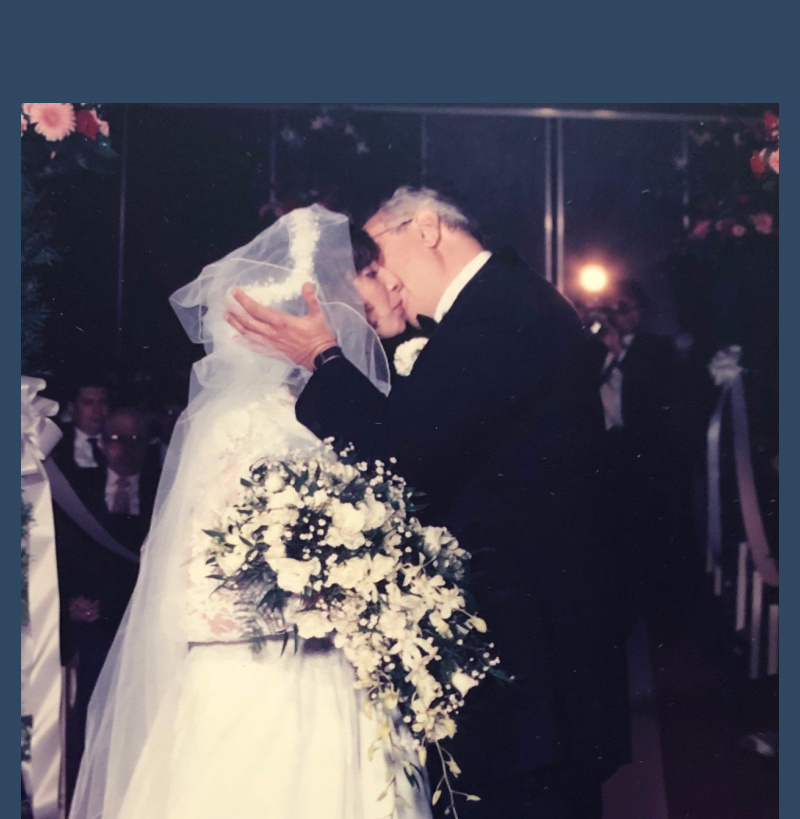On many occasions, I text my teen instead of talking to him because it’s convenient, helps prevent arguments and it’s his preferred method of communication. Yes, we text even when he’s in the next room.
But perhaps just as important, I’m also careful not to text in certain circumstances for fear of hurting his ability to function in the real world. I think it’s extremely important to learn the art of casual conversation and telephone etiquette. Plus, I want to model for my children that difficult and unpleasant conversations are best done face-to-face.

Some conversations should take place face-to-face
1) We chitchat in person
I save the pleasantries and everyday chatter for our car rides, mealtimes or when he pops in the kitchen for a snack. While it’s tempting to text my teen to ask how his day is going, even when he’s within shouting distance, it’s an important life skill to learn how to make casual conversation.
Though the pandemic has alleviated some social pressures, even the most awkward among us need to survive everyday chitchat on occasion, including introverts like me.
But there’s another more important reason, too. If something is wrong, I can tell by the inflection of his voice. His posture. His facial expression. But not only that. I can also tell if he’s proud and bursting to tell me more, which can lead to a great conversation where I discover something new about my teenager and the man he’s becoming. And I would never get that with just black-and-white text or generic emojis.
2) Talking on the phone is a dying (but not dead) art
A few years ago, I overheard my then-tween have a quick telephone conversation. He didn’t say “Hi” or “Bye,” and just hung up the phone when he was done speaking. It was a slap in the face at how bad of a job I’d done at teaching him phone etiquette. But in truth, he’s had very little practice.
As a child of the 80s myself, I grew up talking on the phone. But his experience is mostly text or video chat. So I make it a point to call my son the old-fashioned way sometimes. In fact, these days I even have him make some customer service calls for me on speakerphone (like when we switched Internet providers).
Thankfully, now when his boss calls to ask him to pick up a shift or his grandmother calls to wish him a happy birthday, his phone etiquette is up to par.
3) The tough stuff is better face-to-face
When I worked in public relations, we always announced bad news in person. You don’t want to read about layoffs in the company newsletter or hear about declining profits on the 6 o’clock news. You want to hear it in person, straight from the source.
I’ve carried that concept into parenting, so when we need to discuss a poor choice my son has made or a disappointing grade, we do it in person. Always. While it certainly would be easier to shoot off a text announcing he’s grounded or needs to study more, it feels too cold and distant.
Plus, if there’s something deeper going on, honest conversation might draw it out. And, it gives me a chance to read his body language. Sometimes those tough conversations are precisely when we both need a hug the most.
I’m not saying it’s easy. But that’s no excuse to cop-out with a text. Our teens deserve our full attention especially in the difficult moments, and we need to be there for them, live and in the flesh.
4) I’m setting an example
My son is eons ahead of me on the technology front. In fact, he could probably teach me 10 new features on my own phone, just like that. Yet, I can still set the tone for when it’s appropriate to text or not. And if I’m lucky, he’ll model my behavior.
I hope he never breaks up with a girlfriend over text. I hope he saves the difficult conversations to have in person (or at least on video conferencing or voice call, during these pandemic times). And I hope he remembers how to have casual conversations without the help of electronics, just like I expect he will put the phone away at the dinner table, the doctor’s office, in church or theaters.
I want him to make eye contact when he speaks. And to remember that texting is just one of many tools to help keep us connected.
More to Read:









